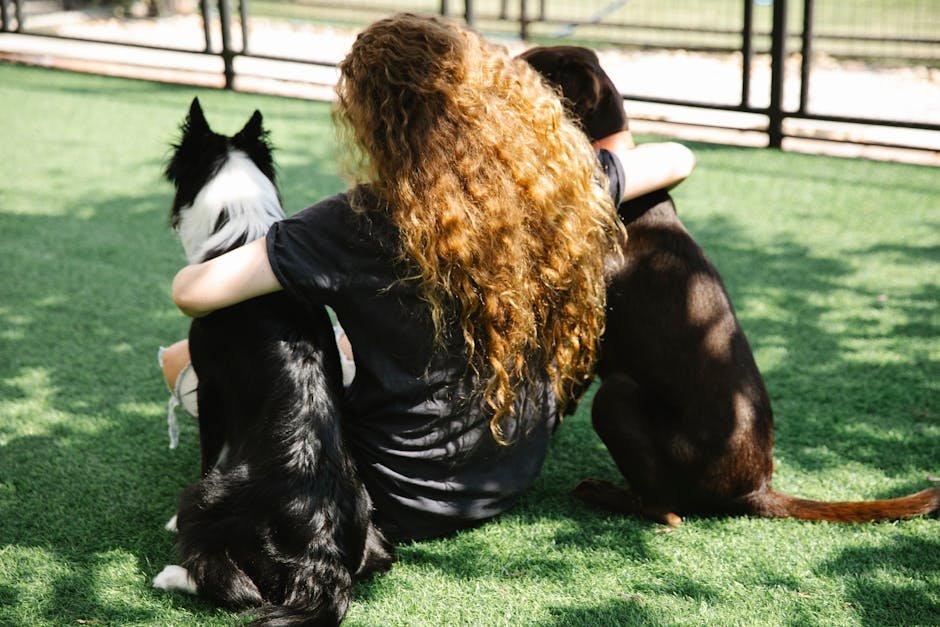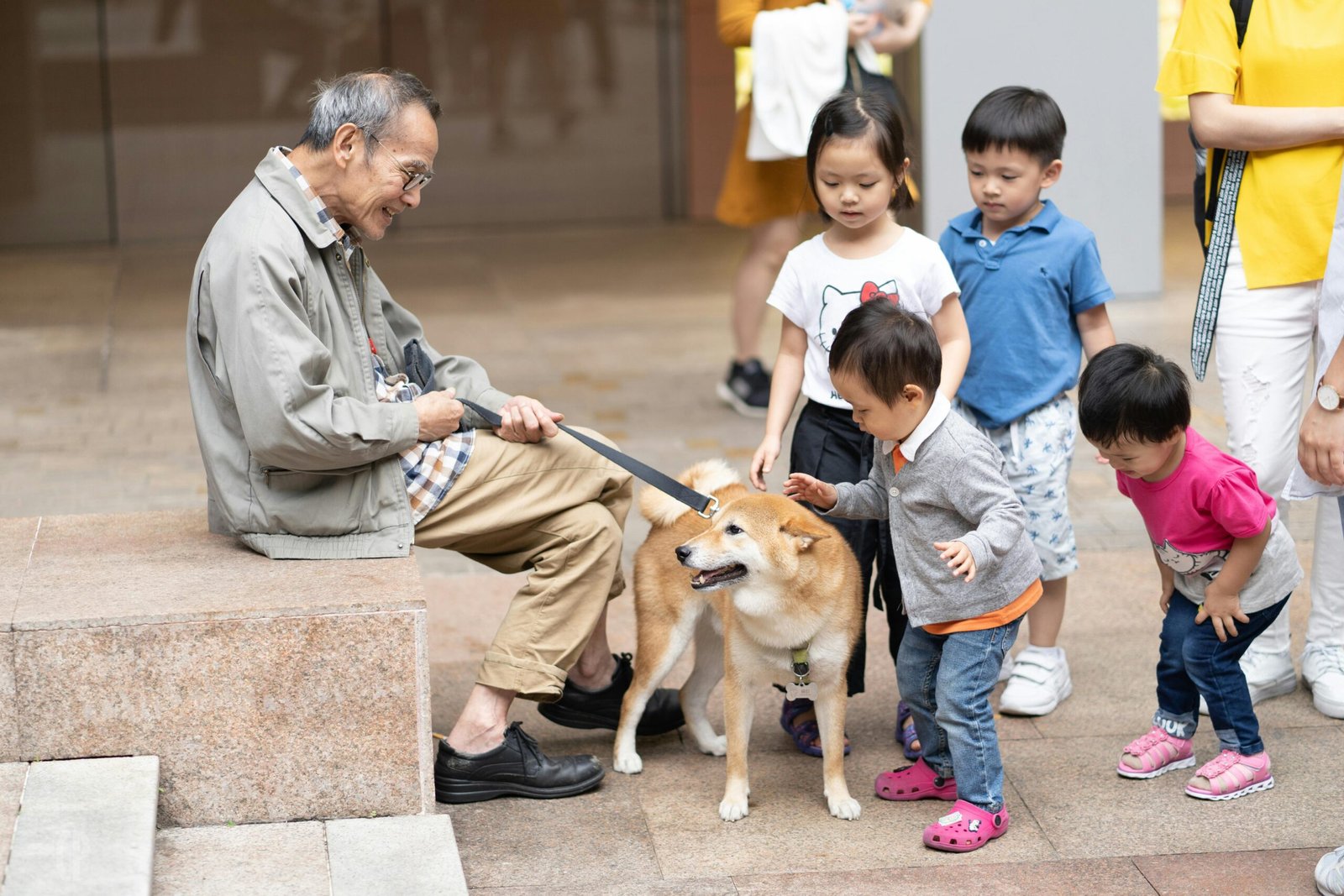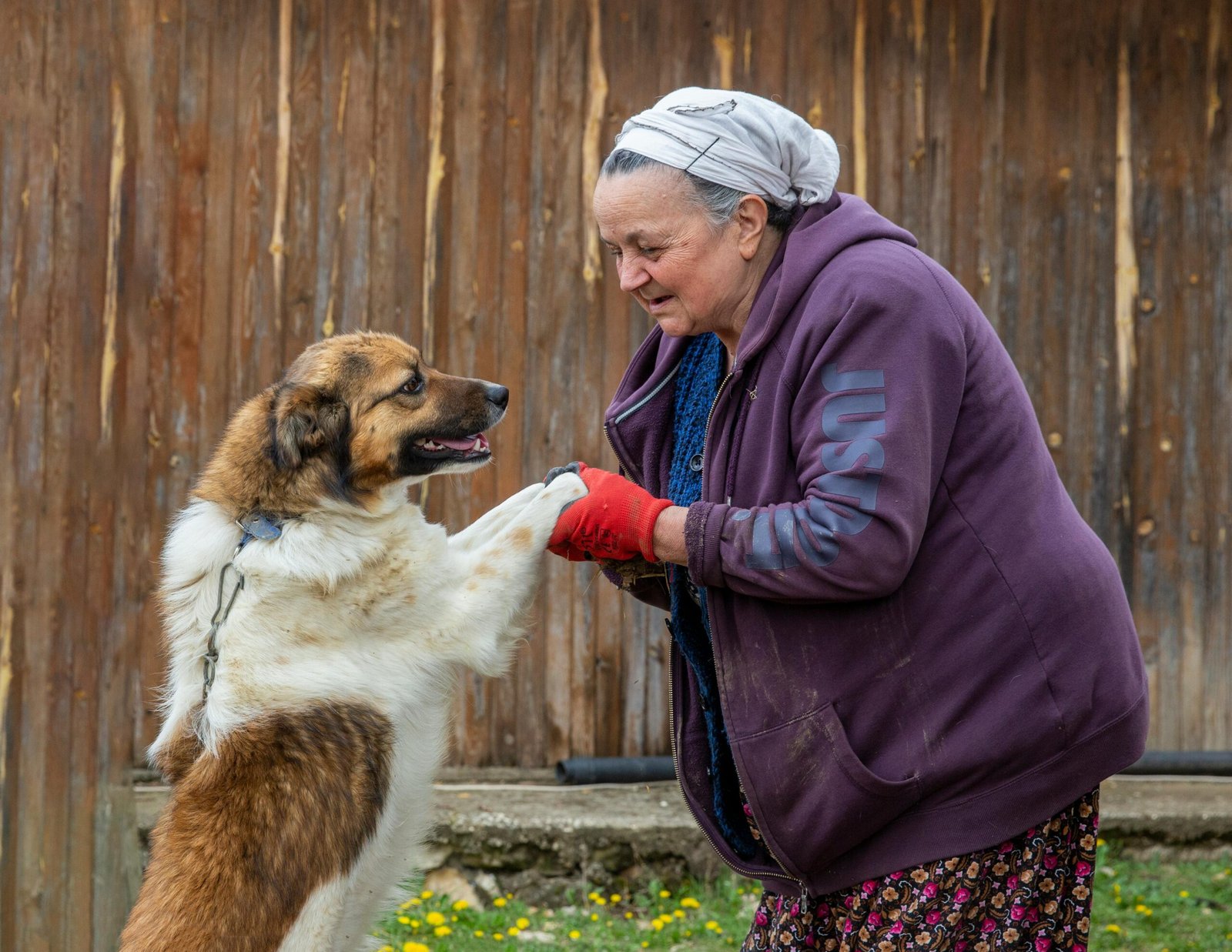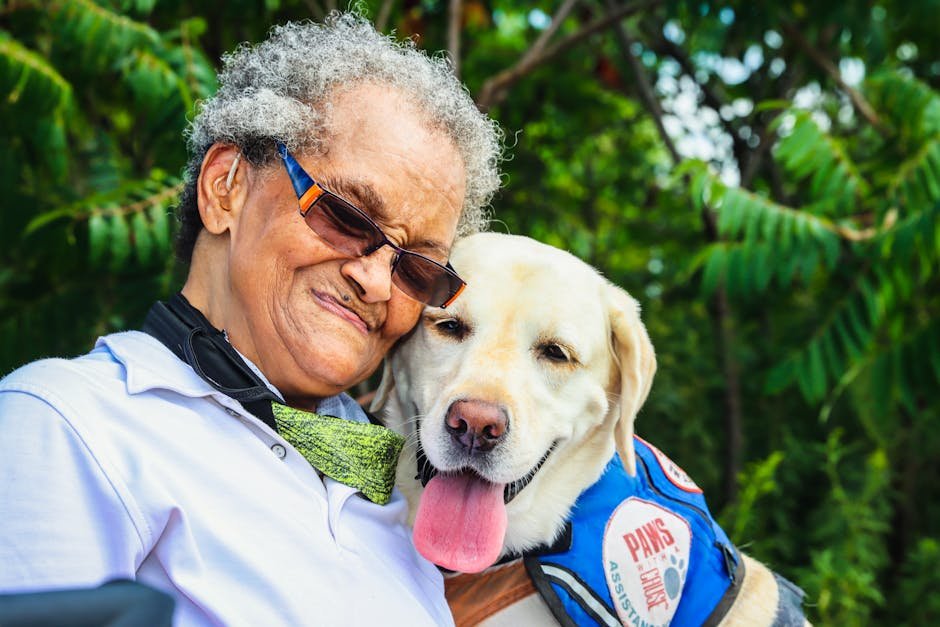Welcoming a gentle dog breed into a community retirement home can be a transformative experience for both residents and staff. These furry companions bring an array of benefits that go beyond companionship. Their presence can foster a sense of belonging and purpose, which is particularly valuable in a communal living environment. In this article, we will explore the numerous advantages of having a gentle dog breed in a retirement home, emphasizing how these loyal animals can positively impact the lives of the elderly.
Enhancing Emotional Well-being

Gentle dog breeds have a unique ability to boost emotional well-being. Their unwavering affection and loyalty provide comfort and alleviate feelings of loneliness and depression, which are common among seniors. When a dog wags its tail or snuggles up to a resident, it can spark joy and elicit smiles, creating a warm and welcoming atmosphere. The simple act of petting a dog can release endorphins, the body’s natural mood enhancers, leading to a sense of happiness and contentment.
Encouraging Physical Activity

Dogs require regular walks and playtime, which can encourage residents to engage in physical activities they might otherwise avoid. Even gentle dog breeds need daily exercise, and this can motivate seniors to participate in light walks or play sessions. Physical activity is crucial for maintaining mobility and overall health, and having a dog as a companion provides a fun and engaging way to stay active. This not only benefits the residents but also improves the dog’s quality of life.
Fostering Social Connections

Dogs are natural conversation starters. When a gentle dog breed is present, residents often gather to pet, play, and talk about the dog, leading to increased social interactions. These interactions can help build a sense of community and reduce feelings of isolation. For those who may be shy or reserved, having a dog present can make socializing feel less daunting. The shared love for the dog can bring people together, fostering friendships and camaraderie among residents.
Providing a Sense of Purpose

Caring for a dog can provide seniors with a renewed sense of purpose and responsibility. Simple tasks like feeding, grooming, and taking the dog for walks can instill a routine and give residents something to look forward to each day. This sense of responsibility can enhance self-esteem and provide a sense of accomplishment. Knowing that they are contributing to the well-being of a beloved pet can be incredibly fulfilling for seniors, adding meaning to their daily lives.
Reducing Stress and Anxiety

The presence of a gentle dog breed can significantly reduce stress and anxiety levels among residents. Dogs provide non-judgmental companionship and can be a source of comfort during challenging times. Their calming presence can create a soothing environment, helping residents to relax and unwind. The act of stroking a dog’s fur can have a meditative effect, reducing tension and promoting a sense of peace and tranquility.
Enhancing Cognitive Function

Interacting with dogs has been shown to stimulate cognitive function in seniors. Activities such as teaching the dog new tricks, playing fetch, or simply engaging in conversation about the dog can help keep the mind active and alert. This mental stimulation is crucial for maintaining cognitive health and can even delay the onset of cognitive decline. The playful nature of gentle dog breeds can encourage residents to think creatively and problem-solve, further enhancing cognitive abilities.
Promoting Safety and Security

While gentle dog breeds are known for their calm demeanor, they can also provide a sense of safety and security. Their keen senses and protective instincts can alert residents and staff to potential dangers. Even the presence of a small dog can deter unwelcome visitors and create a feeling of security within the community. Knowing that a loyal companion is nearby can provide peace of mind to both residents and staff.
Providing Unconditional Love
One of the most cherished benefits of keeping a gentle dog breed in a retirement home is the unconditional love they offer. Dogs have a remarkable ability to love without judgment, providing companionship and affection regardless of circumstances. This unconditional love can be incredibly comforting, especially for those who may feel alone or unsupported. The bond between a dog and its owner is often profound, offering a unique form of companionship that is both comforting and uplifting.
Facilitating Therapeutic Benefits

Gentle dog breeds can serve as therapy animals, providing therapeutic benefits to residents. Their presence can help lower blood pressure and improve cardiovascular health. Dogs have been used in animal-assisted therapy to aid in recovery and rehabilitation, offering emotional support and motivation. The therapeutic benefits of having a dog are well-documented, with many seniors experiencing improved health outcomes and overall well-being.
Offering Companionship and Joy

Finally, gentle dog breeds offer companionship and joy to residents, enriching their lives in countless ways. The simple act of having a dog by one’s side can bring immense happiness and create cherished memories. Dogs have an innate ability to sense and respond to human emotions, providing comfort and companionship when it is needed most. Their playful antics and loving nature can brighten even the dreariest of days, making life in a retirement home more enjoyable and fulfilling.
Having gentle dog breeds in a community retirement home brings so much more than just companionship — they offer comfort, joy, and a sense of purpose. Their calm demeanor and affectionate nature create a warm, welcoming environment where everyone feels a little more at home. With their unconditional love, these furry friends truly make life brighter for everyone around them.
Jen is a passionate nature lover and ocean conservationist. She has dedicated her life to protecting the environment and preserving the beauty of the natural world. Growing up in a small coastal town, Jen sincerely appreciated the ocean and its inhabitants. She has spent countless hours exploring the shoreline, learning about the creatures that inhabit the waters, and advocating for their protection. Jen is an active member of ocean conservation organizations, and she is committed to educating the public about the importance of conserving wildlife and the natural environment.





